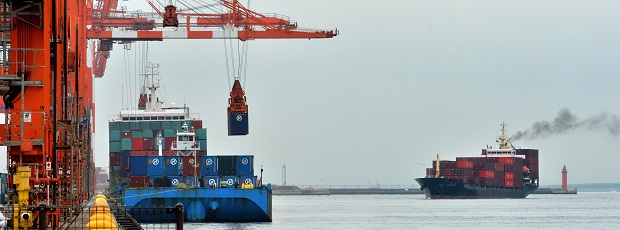06/30/2015
China / Economic

Japan’s journey towards global expansion through the 1980s and 2000s may hold some valuable lessons for China’s current foray into global markets.
Beijing’s spearheading of the “One Belt, One Road” project, pledging to improve the connectivity between Asia and Europe through infrastructure, is one of many recent initiatives aiming to broaden China’s global reach in terms of investment and trade. Other initiatives include the launch of the Asian Infrastructure Investment Bank (AIIB), the push for Chinese companies to invest abroad, and the internationalisation of the RMB.
China’s situation today is close to that of Japan’s in the 1980s. China’s per capita GDP currently stands at USD 7,600, equivalent to Japan’s level in 1977-1978. The size of the Chinese economy accounts for 13% of global GDP, similar to Japan’s 10-15% in the 1980s. Like the yen in the 1980s, the RMB is facing appreciation pressures due to China’s persistent current account surplus and the accumulation of foreign reserves. The RMB has appreciated 25% against the US dollar since it was de-pegged in 2005. Wage costs in China have risen sharply on the back of strong growth and labour shortages. If Japan’s experiences in 1980s are any guide, a strong currency and rising wages will provide motivations for Chinese companies to invest abroad, especially in the labour intensive manufacturing sector and the financial/real estate sectors. A rise in Chinese ODI should boost trade flows. And the use of RMB should also be broadened.
As long-term fundamentals remain solid and investor confidence in the RMB remains strong, China still faces a favourable macro environment in which to boost RMB internationalisation. This is different from Japan in the 2000s, when the yen’s internationalisation lost momentum as a result of slow growth and falling investor confidence. In fact, Japan’s experiences in the past 30 years suggest that both economic fundamentals and policy deregulations are important preconditions for currency internationalisation to succeed. In China today, there is still a lot to be done on the latter front, such as capital account opening, financial liberalisation, and institutional reforms.
Read the full report




